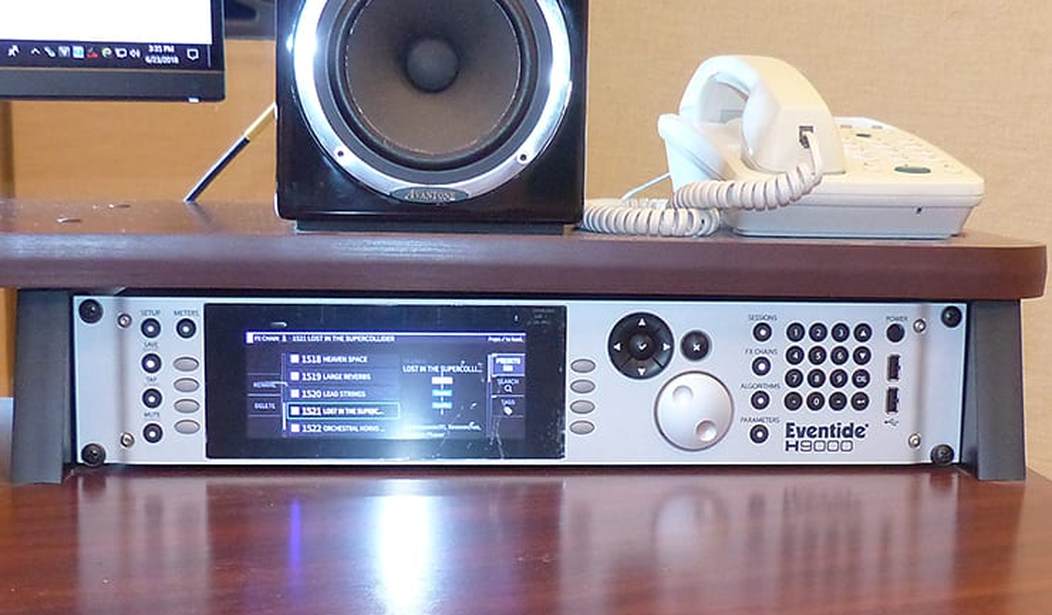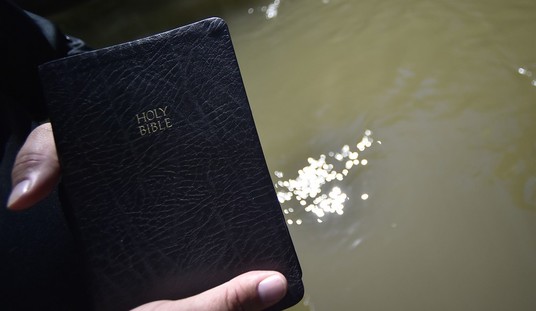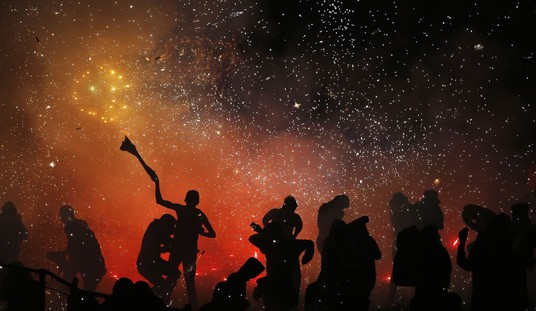When veteran producer Tony Visconti was in pre-production in late summer of 1976 for David Bowie’s album Low, Bowie and synthesizer player Brian Eno asked Visconti if he had any new toys or special effects he’d be deploying while recording. Visconti told him he had a new Eventide H910 Harmonizer. When asked by Bowie and Eno what the H910 did, Visconti gave them what would become the classic description of the Eventide Harmonizer: “It f**ks with the fabric of time!”
Not surprisingly, that line sold Bowie and Eno. As Visconti told the Financial Times last year, “They whooped with joy, and they said, ‘Bring it, bring it, you’re on!’”
The H910 (allegedly named as a pun on the Beatles’ song “One After 909”) can be heard on “Breaking Glass,” pitch-bending the song’s snare drum downward on each hit. A few years later, its successor, the H949, would receive widespread use as doubling effect on vocals, somewhat similar to the “automatic double-tracking” (ADT) effects that engineer Ken Townsend created for the Beatles around the time of their 1966 album Revolver — but without the complex lashing up of tape machines to pull it off.
Many iterations later, the new H9000 can really f**k with the fabric of time. (Eventide had a recreation of Hal’s famous camera lens from Stanley Kubrick’s 2001: A Space Odyssey alongside the unit at some of their tradeshow demos, so as with the original H910, I assume this choice of name was not a coincidence, and as with Hal, I can’t yet figure out how to use the H9000 to open the pod bay doors.) Inside its standard-sized double rack-space box are four quad-core ARM processors and 16 DSP engines. These allow for the creation of multiple effects chains, with each chain containing up to four effects “algorithms,” with each algorithm itself containing multiple effects. As the H9000’s page on the Eventide Website notes, “FX Chains can be created to act as a channel strip, a guitar ‘pedal board,’ a modular synth with effects, etc. The H9000’s FX Chain paradigm is like a custom channel strip on steroids allowing any four complex algorithms to be combined and routed to taste. FX Chains are invaluable for quickly exploring various combinations of effects to achieve new and inspiring sounds.” While it’s possible to get usable results shortly after setting up the unit, plan on spending a fair amount reading the unit’s instruction manual to get the most out of it.
A Week in the Life
When the construction was complete on my project studio in late 2016, I knew I wanted an Eventide Harmonizer as a rack-mounted effect, but the then-current model, the H8000FW, had been in production since 2005. Fortunately, by late 2016, Eventide gave their first announcement that the H9000 would eventually debut. It was on display at the January 2018 NAMM show for music retailers in Los Angeles, but the delay in its rolling out was a reminder that the wag who said that NAMM stood for “Not Available, Maybe May” was spot on. Actually, in the H9000 case, it’s June — but only a few hundred were going out to those who pre-ordered in January. Fortunately, I had, and my unit arrived this past Saturday, so consider this article very much a first look, rather than a detailed review.
The H9000 fits easily into a standard two space rack opening, and has a variety of connections on the rear panel, ranging from good ol’ big XLR analog inputs and outs, to digital SPDIF connections, to analog eight-channel busses. There are also USB connections, allowing the H9000 to function as PC’s audio interface. (There are also three expansion slots on the back of the H9000’s case, which allow the unit to be upgraded to the Dante and MADI audio formats, and possibly other formats in the future, to help future-proof the unit.) However, I’m very happy and very familiar with my RME Fireface UFX+ audio interface, so for now, I’m going with the SPDIF connections into the Fireface’s ADAT input and output jacks, along with the analog XLR input and outputs to my patchbay. (More on that in a moment.)
The Fireface UFX+ allows for eight stereo inputs and outputs via ADAT, and the H9000 will process four separate chains of effects. Thus, at mixdown, the H9000 can be used for a stereo reverb on all the tracks, a digital delay and/or digitally modeled plate reverb on the lead vocal, distortion and/or a doubling effect on the lead guitar. Prior to mixdown of course, plenty of additional H9000 effects can be added to tracks, such as a gated reverb on the snare, distortion to the guitars, etc. Software synthesizers such the venerable Korg M1 and Zero-G’s Nostalgia, which recreates the old E-Mu Emulator and Fairlight synths from the 1980s sound yuuuuge; the H9000 can breathe new life into tried and tested old gear.
It took a bit of experimentation to dial-in the time lag on Cakewalk’s Sonar DAW (digital audio workstation)’s External Insert plugin, but once I did, the H9000 interfaces with the DAW almost as effortlessly as a software plug-in.
The H9000 is the proverbial Swiss Army Knife or audio effects units, with uses during both recording and mixing work, and given that it’s 5.1 surround sound capable, it will be showing up in plenty of television and movie post-production suites, despite its $6,999 price tag. (Conversely, for those on the clock in recording studios or post-production suites beware: you can run-up a lot of studio time flipping through the H9000’s 2000 or so presets and algorithms, a calculation that no doubt goes into the decision of a facility acquiring such a unit.)
No doubt, some rock groups will be using an H9000 live, in their mixing boards. By 1977, Jimmy Page had an H910 in his equipment rack while touring with Led Zeppelin, and I suspect a few superstar guitarists may even have eventually H9000 in their stage racks, just as many gigging guitarists are using Eventide’s H9 stompbox pedal.
A Few Minor Quibbles
I do have a few quibbles with the H9000, however: the unit has a fairly long boot-up time at the start of a session. Flipping through some of the guitar-related effects based on Eventide’s Crushstation fuzz effect are REALLY LOUD, and jump out far more than the other effects in the H9000 (though that may be useful for overdriving an amp, if the goal is to re-amp a direct-injected guitar into a live amp that’s mic’ed up. Painful as the experience was, I was really glad I was listening through headphones, and didn’t have my main speakers on. Also, when in setup mode, I found that I could crash the H9000 by pressing one of the side buttons opposite the GUI, instead of the rotary dial or the adjacent up/down/left/right buttons. Eventide says that will be corrected in a future update, possibly along with lowering the output on the distortion patches.
I wish the H90000 had a headphone jack on its front, whether for using it as an audio interface, or for quickly checking how an effect sounds before it goes into the DAW or mixing board. And I’ll be glad when the unit’s “Emote” remote control software will be available for Windows, as a certain amount of squinting is required when adjusting some of the unit’s parameters via its GUI. Eventide believes that should be available by the end of summer.
H9000 Should Have a Lengthy Lifespan in Studios
Between its compressor patches, its vocal-oriented effects, its guitar-oriented effects, its smooth digital reverbs, and ear candy special effects for days, it would be quite possible to record an entire pop or rock song with just the H9000 as your primary audio effects unit. But most users will combine the H9000 with the rack-mounted and plug-in effects they already own — the H9000 is extremely versatile, and if the long shelf-life of the H8000FW is any indication (and its predecessor, the ‘80s-era H3000 is still a revered unit in many studios), over the next few years its successor’s capabilities should only increase.










Join the conversation as a VIP Member